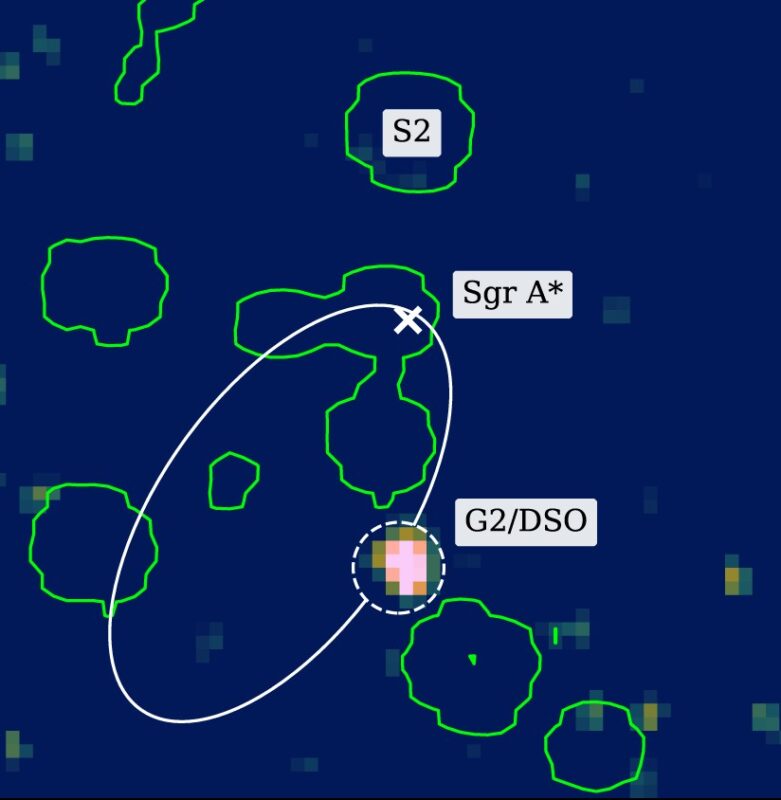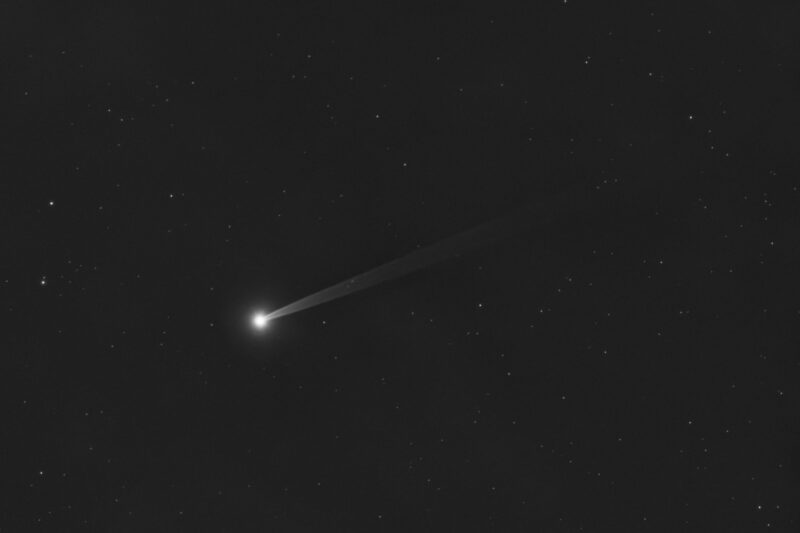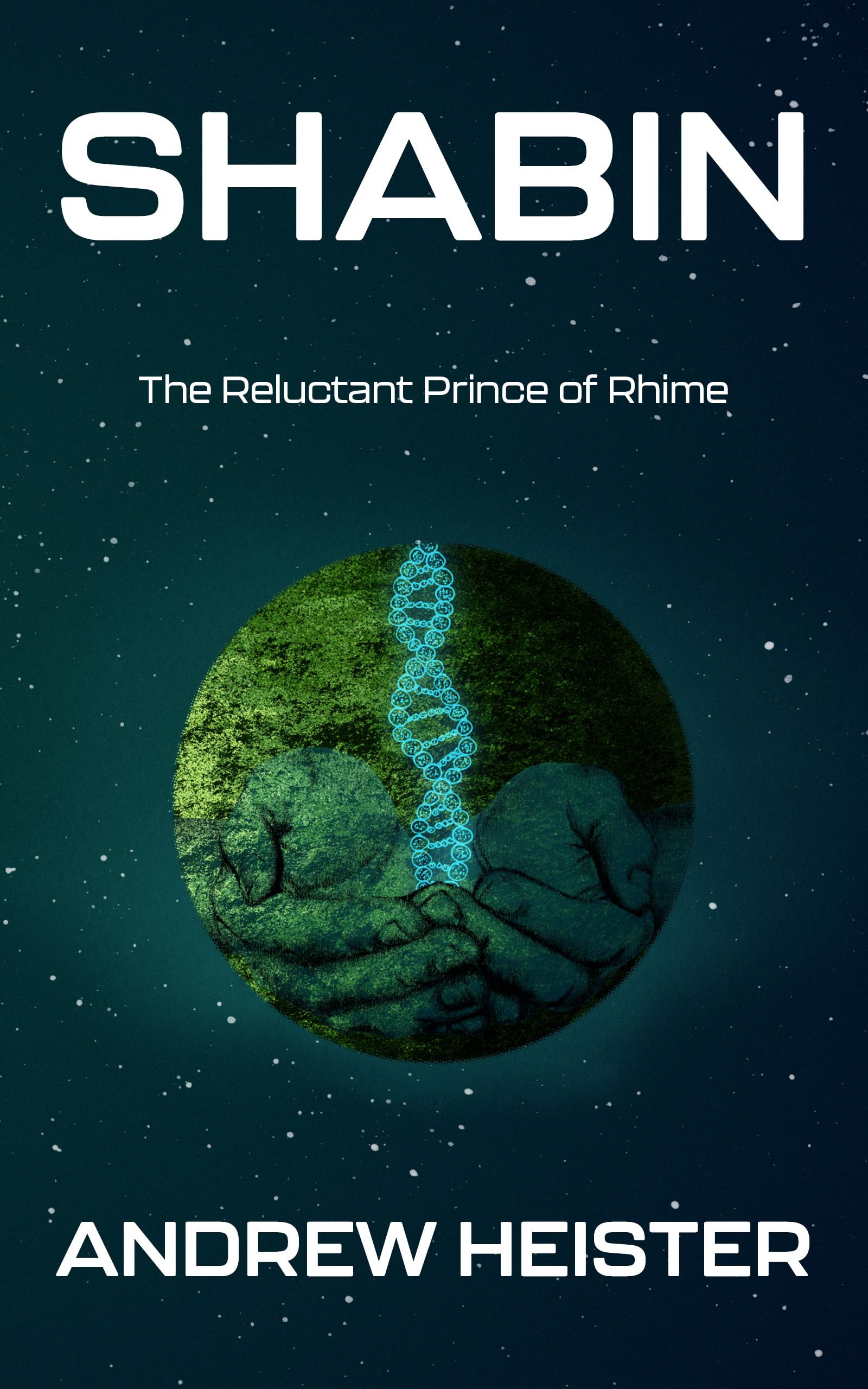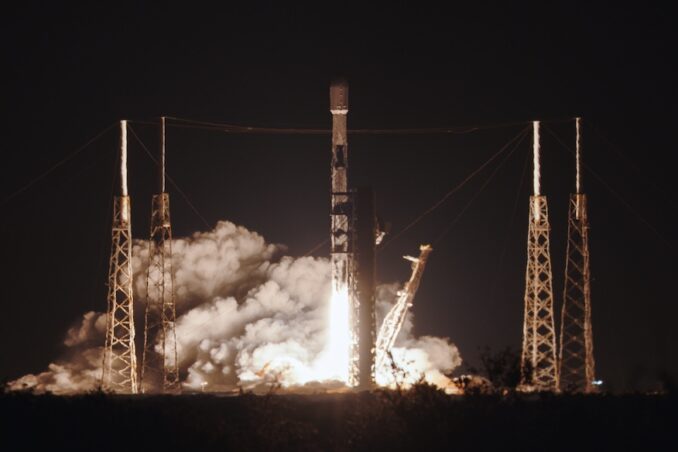Now Reading: Not all mudball meteorites are weak, new study shows
-
01
Not all mudball meteorites are weak, new study shows
Not all mudball meteorites are weak, new study shows
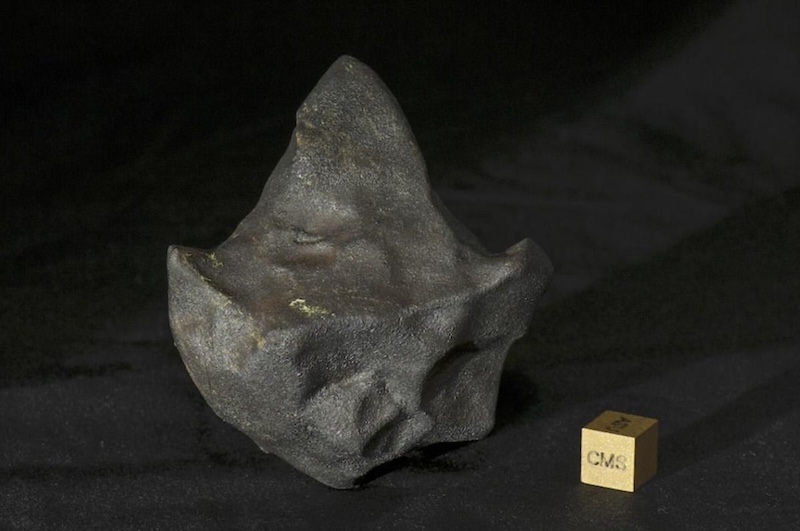

- The Aguas Zarcas meteorites fell to earth in Costa Rica in April 2019. They were mudball meteorites, containing clays, organic compounds and water.
- Mudball meteorites are generally weaker than stony meteorites and break apart more easily. But the Aguas Zarcas meteorites were stronger than usual. Why?
- The original space rock the meteorites came from didn’t have many collisions with other space rocks. It also didn’t have the typical cracks in it. It therefore remained stronger than usual.
Not all mudball meteorites are weak
Mudball meteorites – or carbonaceous chondrites – are unique. They are rich in clays, organic compounds and water-bearing minerals. As you might expect, they are generally weaker than stony meteorites. But they’re not always as weak as first thought. An international team of scientists has completed a new analysis of the Aguas Zarcas mudball meteorites, which fell near Aguas Zarcas, Costa Rica, in April 2019. The team said on March 31, 2025, that these mudballs were stronger than most, and more of the original space rock survived the impact with Earth’s atmosphere than is typically seen.
The research team published their peer-reviewed results in the journal Meteoritics & Planetary Science on March 29, 2025.
The Aguas Zarcas mudball meteorites
The Aguas Zarcas mudball meteorites fell in Aguas Zarcas, Costa Rica, on April 23, 2019. For scientists, it was one of the largest meteorite hauls of its kind. Lead author and astronomer Peter Jenniskens, at the SETI Institute and NASA Ames Research Center, said:
27 kilos (60 lbs) of rocks were recovered, making this the largest fall of its kind since similar meteorites fell near Murchison in Australia in 1969.
Geologist Gerardo Soto at the University of Costa Rica in San José, paraphrasing astronaut Neil Armstrong on the moon, added:
The recovery of Aguas Zarcas, too, was a small step for man, but a giant leap for meteoritics. 76 papers have since been written about this meteorite. The fall of Aguas Zarcas was huge news in the country. No other fireball was as widely reported and then recovered as stones on the ground in Costa Rica in the last 150 years.
PRESS RELEASE: buff.ly/wygr7exIn April 2019, rare primitive meteorites fell near Aguas Zarcas in northern Costa Rica. Now, an international team of researchers describe the circumstances of the fall and show that mudball meteorites are not necessarily weak. ? ?
— SETI Institute (@setiinstitute.bsky.social) 2025-03-31T19:05:10.047Z
Mudball meteorites were stronger than expected
You would think that meteorites containing clays, organics and water would be weaker than meteorites made of only stone. And you would be right. But the Aguas Zarcas meteorites showed that sometimes, even mudballs can be stronger than anticipated. The original space rock plunged into Earth’s atmosphere at an almost vertical angle. It came from a west-northwest direction at 9 miles per second (14.6 km/s). Indeed, the intense heat did ablate, or melt, much of the rock. However, it didn’t fragment as much as expected. Jenniskens explained:
It penetrated deep into Earth’s atmosphere, until the surviving mass shattered at 16 miles (25 km) above the Earth’s surface, where it produced a bright flash that was detected by satellites in orbit.
That shattering produced the meteorites found later on the ground.

An amazing collection of stones
Many of the meteorites remained intact since they landed on grassy surfaces in jungles. They also had unusual shapes and striking colors. Co-author and meteoriticist Laurence Garvie at the Buseck Center for Meteorite Studies at Arizona State University said:
The Aguas Zarcas fall produced an amazing selection of fusion-crusted stones with a wide range of shapes. Some stones have a beautiful blue iridescence to the fusion crust.
The fact that the meteorites survived as much as they did surprised scientists. They were stronger than expected, as Jenniskens noted:
Other meteorites of this type are often described as mudballs, as they contain water-rich minerals. Apparently, that does not mean they are weak.

Why were these meteorites so strong?
So how did these mudball meteorites survive the impact as much as they did? The scientists said there were a couple of reasons. The original Aguas Zarcas space rock – the parent body of the smaller meteorites – didn’t have many collisions with other space rocks. The researchers estimated the last one to be about 2 million years ago. It also didn’t have the kinds of cracks in it that weaken many space rocks. So it was a bit stronger than unusual – at least for a mudball – right from the start.
The space rock that hit Earth’s atmosphere – about 24 inches (60 cm) in size – originated from a larger asteroid. The researchers said the asteroid was likely in the main asteroid belt between Mars and Jupiter. Jenniskens said:
We can tell that this object came from a larger asteroid low in the asteroid belt, likely from its outer regions. After getting loose, it took 2 million years to hit the tiny target of Earth, all the time avoiding getting cracked.
Cosmochemist Kees Welten at UC Berkeley in California added:
We know of other Murchison-like meteorites that broke off at approximately the same time, and likely in the same event, but most broke much more recently.
Bottom line: The Aguas Zarcas mudball meteorites, which landed in Costa Rica in 2019, were stronger than expected. A new study shows that not all mudballs are weak.
Source: Orbit, meteoroid size, and cosmic ray exposure history of the Aguas Zarcas CM2 breccia
Read more: Mud ball meteorites rain down in Costa Rica
Read more: How do meteorites survive their fiery journey to the ground?
The post Not all mudball meteorites are weak, new study shows first appeared on EarthSky.
Stay Informed With the Latest & Most Important News
Previous Post
Next Post
-
 012024 in Review: Highlights from NASA in Silicon Valley
012024 in Review: Highlights from NASA in Silicon Valley -
 02Panasonic Leica Summilux DG 15mm f/1.7 ASPH review
02Panasonic Leica Summilux DG 15mm f/1.7 ASPH review -
 03How New NASA, India Earth Satellite NISAR Will See Earth
03How New NASA, India Earth Satellite NISAR Will See Earth -
 04And Thus Begins A New Year For Life On Earth
04And Thus Begins A New Year For Life On Earth -
 05Astronomy Activation Ambassadors: A New Era
05Astronomy Activation Ambassadors: A New Era -
06SpaceX launch surge helps set new global launch record in 2024
-
 07Space Force plans new ‘Futures Command’ amid pressure to speed up modernization
07Space Force plans new ‘Futures Command’ amid pressure to speed up modernization












